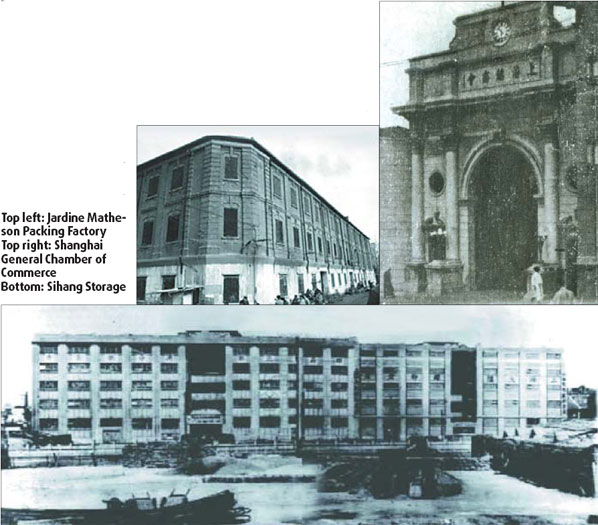Suzhou Creek brings to life its history, cultural legacy
SHANGHAI: Considered Shanghai's mother river, Suzhou Creek (whose original name was Wusong River) runs for over 100 km. And it has an even longer history.
The creek nourished Shanghai's prosperity in the early years of the last century. It has been witness to the rich history of Shanghai while adding beauty to the city scene.
The section of the river in Zhabei district is thought to be its core part. It used to be an important financial and storage hub, attracting thousands of people from all over the world.
The area was the cradle of China's national financial business and national industry. With its batch of typical European-style warehouse architectures, which formed the financial and logistics center of the city in the last century, this part of the creek's bank boasts great historical and cultural value, as well as economic potential.
Long history
The story of Suhewan (or S.H. Bay) dates back to 1570, when the Ming Dynasty (1368-1644) official Hai Rui built one of the oldest bridge gates across the river with the aim of dredging it. Since then, S.H. Bay has continued her long relationship with the country's industry and finance.
At the end of the Ming Dynasty, Qianye Hotel was opened, which not only provided accommodation but also a platform for financial staff to exchange information and conduct business. In 1891, Beishi Qianye Hotel bought more than 10,000 sq m of land and collected 120,000 taels of silver to build a new hotel building on the still-existing Tanggu Road in Zhabei district.
Another well-known architectural structure in the area is the Tianhou Palace (Mazu Temple), where all emissaries dispatched by the government in the Qing Dynasty (1644-1911) began their overseas journeys. The palace was their first step toward the outside world.
On May 30, 1925, students attending the "May 30th Anti-Imperialism Patriot Movement" also started their parade from here.
In the early 20th century, several banks, silver storage houses, chambers of commerce and factories were set up here one after another. The S.H. Bay area thus became an important center for capital and logistics business.
In its golden time, several star enterprises were born here:
Fuxin Flour Factory: one of the symbols of China's national industry and also marked the beginning of the Rong family business. It was founded by the two brothers Rong Zongjing and Rong Desheng.
Sihang Warehouse: the place that once housed four banks. During the War of Resistance against Japanese Aggression (1937-45), Kuomintang lieutenant colonel Xie Jinyuan led 800 soldiers from here to successfully conduct a six-day resistance against attacks by Japanese intruders, in a battle that hit the headlines around the world.
Shanghai General Chamber of Commerce: this modern business organization was founded by Shanghai entrepreneurs in 1912. Taking the Shanghai General Chamber of Commerce to be its main hub, the industrial and commercial communities of Shanghai played a very important role in the political and economic activities during the period of the Republic of China (1912-49).
Jardine Matheson Packing Factory: affiliated to Jardine Matheson Import and Export Company. This factory was founded by British business people in the 19th century. The company invested in many projects in China including docks, storages, warehouses and railways. At the time, it was considered the foreign import and export company with the biggest volume of capital in Shanghai.
In the 21st century, the enhancement of the city's comprehensive strength and the determination of the municipal government to construct high quality projects have brought unprecedented opportunities to the S.H. Bay, which is one of the nine major projects in the first batch to be started in order to build a modern service industry in Shanghai.
The S.H. Bay, which witnessed the prosperity of old Shanghai, now is demonstrating its splendid future to the world with its rich history and cultural legacy.

(China Daily 05/08/2008 page19)














